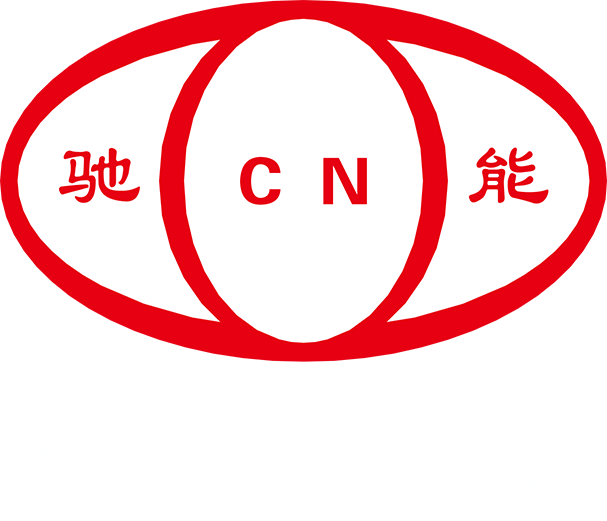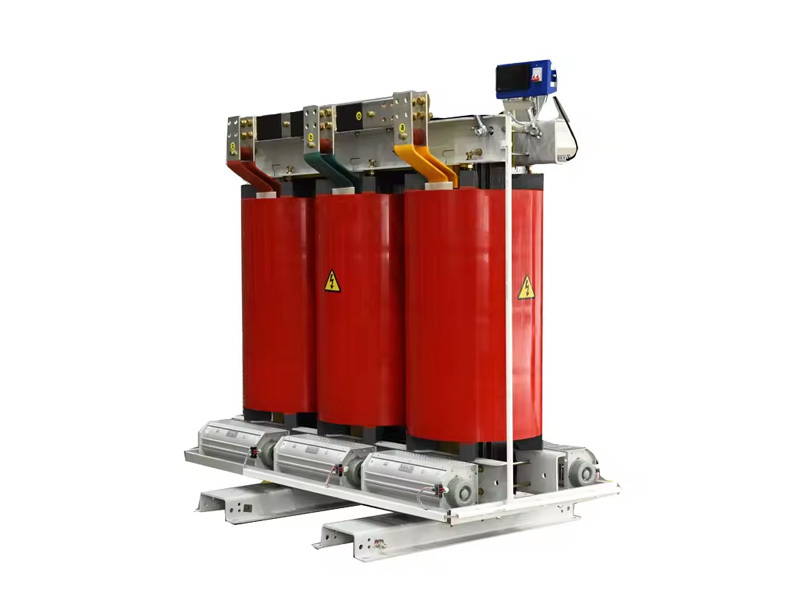He' Nan Chineng Electric Power Equipment Co., Ltd
The Role of Three-Phase Oil-Immersed Transformers in Modern Electrical Systems: An In-Depth Exploration
Jul 11,2025
The Role of Three-Phase Oil-Immersed Transformers in Modern Electrical Systems
Introduction to Three-Phase Oil-Immersed Transformers
In the rapidly evolving landscape of electrical engineering, the role of transformers cannot be overstated. Among the various types, **three-phase oil-immersed transformers** stand out as a vital component in modern electrical systems. Their design and functionality cater to high voltage applications, ensuring efficient power distribution and reliability in a myriad of settings.
These transformers utilize oil as an insulating and cooling medium, allowing them to operate effectively even in challenging environments. This article aims to explore the intricacies of three-phase oil-immersed transformers, examining their construction, features, benefits, and applications.
Table of Contents
- Understanding Transformers: The Basics
- What are Three-Phase Transformers?
- Characteristics of Oil-Immersed Transformers
- Advantages of Using Three-Phase Oil-Immersed Transformers
- Applications of Three-Phase Oil-Immersed Transformers
- Maintenance and Lifespan of Oil-Immersed Transformers
- Environmental Considerations
- Future Trends in Transformer Technology
- Frequently Asked Questions
Understanding Transformers: The Basics
Transformers are electrical devices designed to transfer electrical energy between two or more circuits through electromagnetic induction. They are essential for stepping voltage levels up or down, making them crucial in power transmission and distribution.
**Key Components**:
- **Core**: Typically made of silicon steel, the core enhances the magnetic field.
- **Windings**: Conductors wound around the core, where electrical energy is transformed.
- **Insulation**: Essential for preventing short circuits and ensuring safe operation.
What are Three-Phase Transformers?
Three-phase transformers consist of three sets of windings, allowing them to handle three-phase power inputs. This configuration leads to improved efficiency, reduced losses, and better load balancing compared to single-phase transformers.
**Key Features**:
- **Higher Efficiency**: Three-phase systems require less conductor material.
- **Reduced Harmonics**: They provide better voltage regulation and lower distortion.
- **Compact Design**: A three-phase transformer is typically smaller than an equivalent single-phase system.
Characteristics of Oil-Immersed Transformers
Oil-immersed transformers are designed to operate with oil as both an insulator and a coolant. This design not only enhances performance but also ensures longevity.
**Construction**:
- **Tank**: The external casing that holds the transformer oil and protects the internal components.
- **Insulating Oil**: Provides thermal conductivity and insulation, allowing for improved heat dissipation.
- **Bushing**: Insulated entry points for power conductors.
**Cooling Mechanism**:
The oil circulates within the tank, absorbing heat generated during operation. This process maintains optimal operating temperatures, thus enhancing performance and extending the lifespan of the transformer.
Advantages of Using Three-Phase Oil-Immersed Transformers
The adoption of three-phase oil-immersed transformers offers several advantages that make them a preferred choice in many applications.
**Enhancements in Reliability and Performance**:
1. **Improved Thermal Management**: Efficient oil circulation assists in maintaining consistent temperature levels, minimizing the risk of overheating.
2. **High Voltage Capability**: These transformers can handle higher voltages, making them suitable for extensive power infrastructure.
3. **Robust Design**: The oil-filled design allows for operation in harsh environments, ensuring durability.
**Cost-Effectiveness**:
1. **Reduced Installation Costs**: Three-phase systems require fewer transformers and less conductor material overall.
2. **Lower Maintenance Costs**: With proper maintenance, these transformers can serve for decades, leading to significant long-term savings.
Applications of Three-Phase Oil-Immersed Transformers
Three-phase oil-immersed transformers find applications across various sectors, underscoring their versatility and reliability.
**Industrial Applications**:
- **Manufacturing Plants**: Powering heavy machinery and equipment.
- **Mining Operations**: Providing reliable power in remote and rugged locations.
**Utility Applications**:
- **Power Generation Stations**: Transforming voltage levels for distribution across the grid.
- **Substation Integration**: Serving as a critical link between high-voltage transmission lines and local distribution networks.
**Renewable Energy**:
With the rise of renewable energy sources, these transformers are crucial in integrating wind and solar power into existing grids.
Maintenance and Lifespan of Oil-Immersed Transformers
Maintaining three-phase oil-immersed transformers is essential for ensuring their longevity and efficiency.
**Routine Maintenance Practices**:
- **Oil Testing**: Regular sampling and analysis of the insulating oil to check for contaminants and degradation.
- **Thermal Imaging**: Identifying hot spots in the transformer's operation to prevent failures.
- **Visual Inspections**: Checking for leaks, corrosion, and structural integrity.
**Lifespan Considerations**:
With proper maintenance, these transformers can last 30 years or more, depending on environmental conditions and operational demands.
Environmental Considerations
The use of oil-immersed transformers raises environmental concerns, particularly regarding oil leaks and disposal.
**Mitigation Strategies**:
- **Containment Systems**: Implementing containment measures to prevent spills.
- **Eco-Friendly Oils**: Utilizing biodegradable insulating oils as alternatives to traditional mineral oils.
**Regulatory Compliance**:
Adhering to environmental regulations and standards is crucial for minimizing impacts and ensuring sustainable operations.
Future Trends in Transformer Technology
As the demand for energy efficiency and sustainability grows, transformer technology continues to evolve.
**Innovative Developments**:
- **Smart Transformers**: Integrating digital monitoring systems for real-time performance data.
- **High-Efficiency Designs**: Optimizing materials and designs to reduce energy loss.
- **Integration with Smart Grids**: Enhancing connectivity and data exchange capabilities.
Frequently Asked Questions
1. What is the difference between oil-immersed and dry-type transformers?
Oil-immersed transformers use oil for insulation and cooling, providing better thermal management. Dry-type transformers use air as an insulator and are typically used in lower voltage applications.
2. How often should maintenance be performed on oil-immersed transformers?
Regular maintenance should be conducted at least once a year, with more frequent inspections recommended for transformers operating in harsh environments.
3. What are the signs of a failing transformer?
Common signs include unusual noises, overheating, oil leaks, and frequent tripping of protective devices.
4. Can oil-immersed transformers be recycled?
Yes, both the oil and the metal components of the transformer can be recycled, provided proper procedures are followed.
5. What is the average lifespan of a three-phase oil-immersed transformer?
With proper maintenance, these transformers can last 30 years or more, depending on their application and environmental conditions.
Conclusion
Three-phase oil-immersed transformers play a pivotal role in modern electrical systems, contributing to efficient power generation, transmission, and distribution. Their robust design, coupled with effective cooling and insulation properties, makes them a reliable choice for various applications across different sectors. Understanding their operational characteristics, maintenance needs, and future trends is essential for professionals in the electrical industry. As technology continues to advance, the importance of these transformers will only grow, ensuring they remain integral to our energy infrastructure for years to come.
PREVIOUS:










